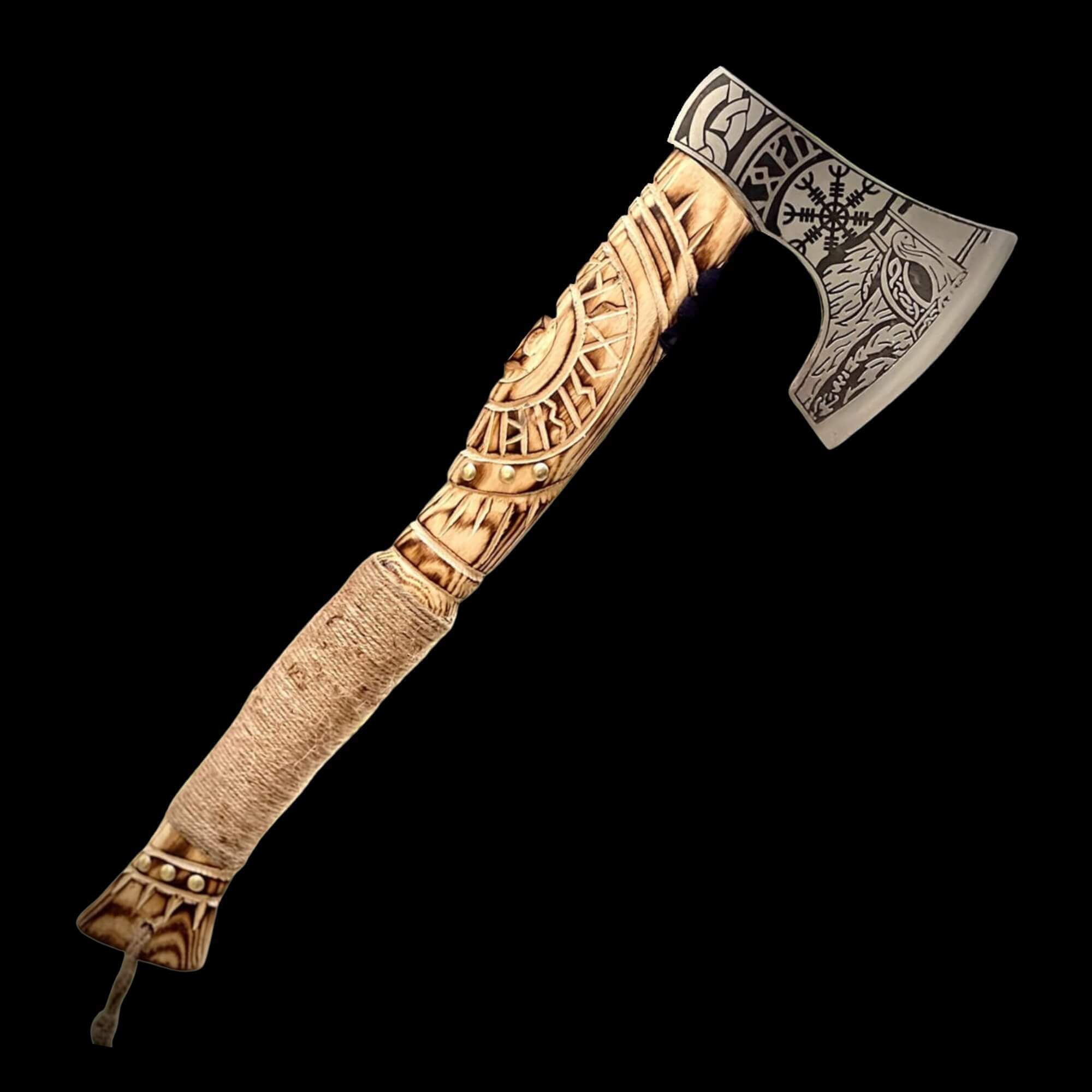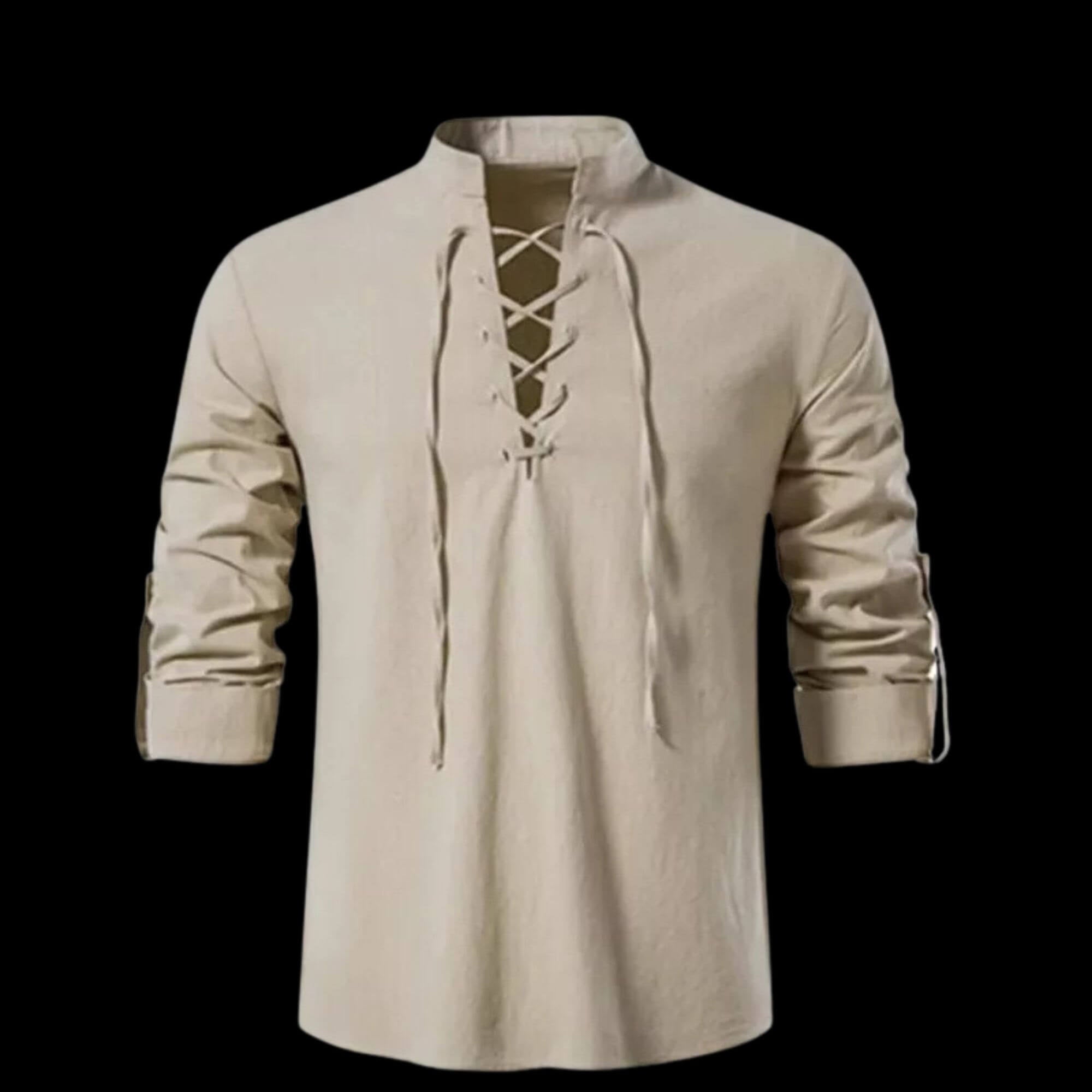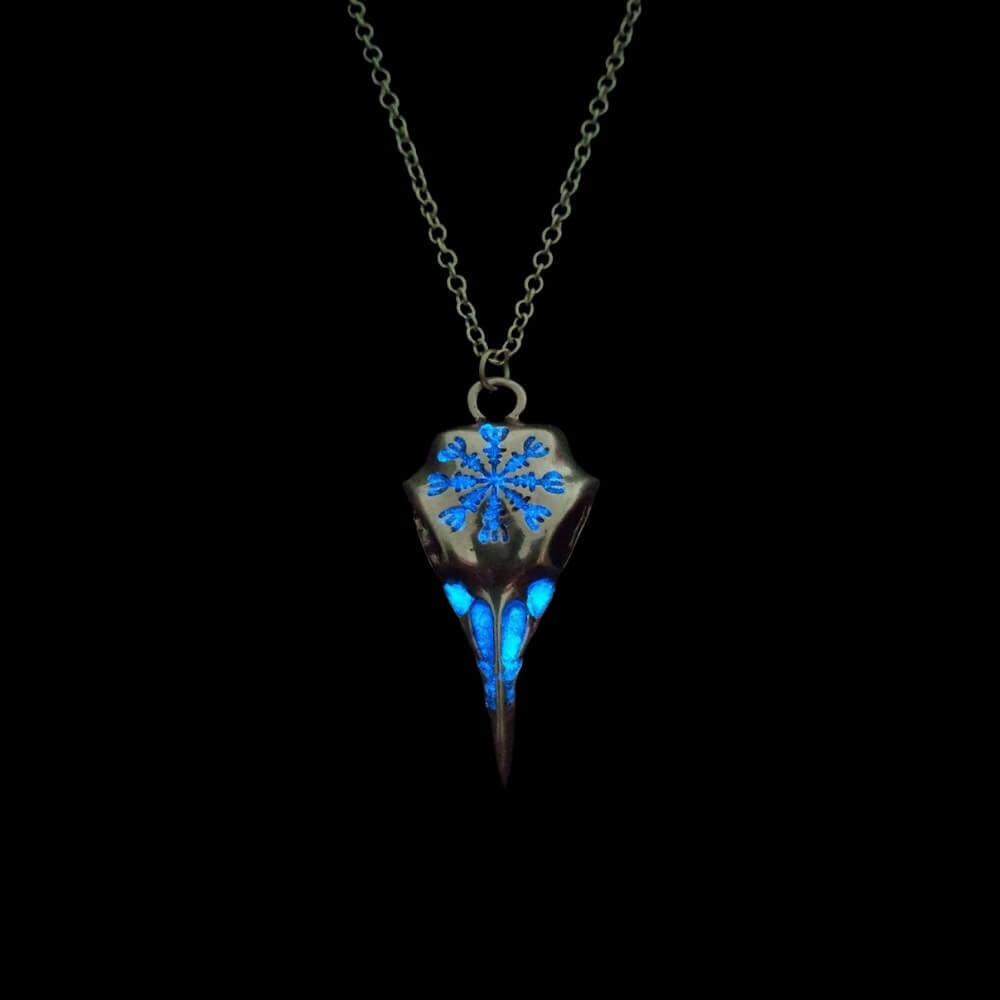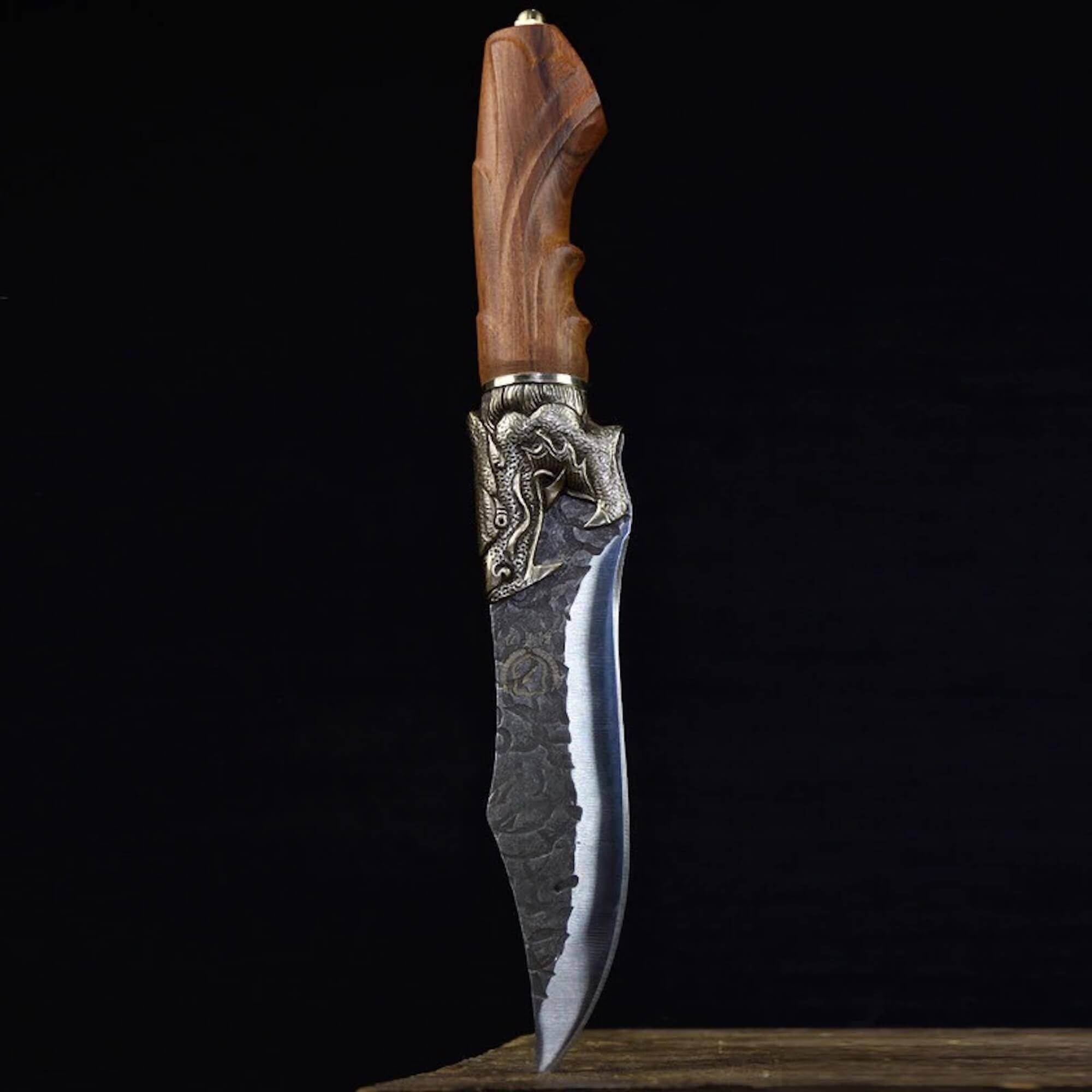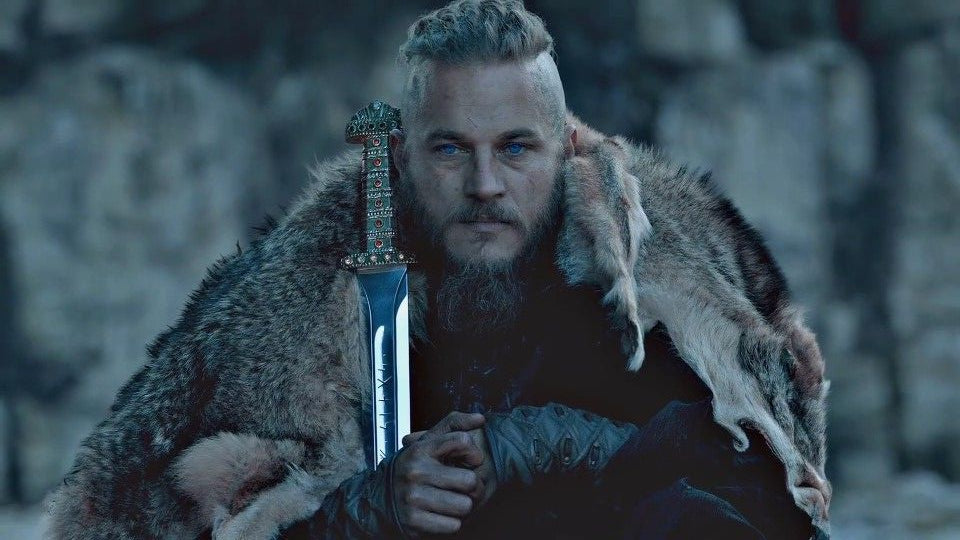
The Legendary Ragnar Loðbrók: Fact, Myth, or Both?
For modern-day enthusiasts of Viking culture, the name Ragnar Loðbrók (or Lodbrok) resonates with a sense of awe and intrigue. Immortalized in the popular TV series *Vikings* by the History Channel, Ragnar, portrayed by Travis Fimmel, is depicted as a farmer who rises to become a fearsome king—a complex, flawed, and deeply human character. But who was the real Ragnar Loðbrók? Did such a man truly exist, or is he a blend of myth and history?
Was Ragnar Loðbrók a Real Person?
The question of Ragnar's existence is a challenging one, shrouded in the mists of time and the layers of legend. Historical evidence suggests that there likely was a Viking warrior named Ragnar Loðbrók. The name "Loðbrók" itself is an Old Norse term meaning "Shaggy Breeches," a curious moniker that adds to the aura of mystery surrounding him.
Various accounts from Denmark, Iceland, England, France, and Ireland share overlapping narratives about a figure named Ragnar, giving credence to the possibility that he was indeed real. However, like many figures from ancient history, the line between fact and legend is blurred, and Ragnar's story is told through a tapestry of sagas and historical records that both illuminate and obscure the truth.
The Lineage and Early Life of Ragnar
Ragnar's origins are as murky as his exploits. Most accounts agree that he was the son of Sigurd Ring, a Norse king. His mother’s identity is less clear, with differing sources suggesting various royal figures. Ragnar's rise to power is similarly uncertain, with conflicting stories about his early life and how he became a legendary leader. One thing remains consistent, though: his marriages played a significant role in his story.
The Wives of Ragnar Loðbrók
Ragnar is famously associated with three wives, each contributing to his legacy and the birth of his legendary sons. These wives—Lagertha, Thora Borgarhjört, and Aslaug—are as much a part of his legend as his battles.
- Lagertha: According to the sagas, Ragnar meets Lagertha in battle, where she proves her valor as a shieldmaiden. After a series of trials, including the slaying of a bear and a hound she placed as guards, Ragnar wins her hand. Lagertha bears him three children, but their marriage ultimately ends in separation.
- Thora Borgarhjört: Thora’s story is one of courage and cunning. A great serpent guards her bower, and Ragnar, donning fur trousers lined with tar and sand, slays the beast. This feat earns him the nickname "Loðbrók" and Thora's hand in marriage. Tragically, their union is cut short by Thora's death.
- Aslaug: After Thora’s death, Ragnar marries Aslaug, a woman of high birth, often described as a princess. Aslaug bears many of Ragnar's most famous sons, including Ivar the Boneless, Björn Ironside, and Sigurd Snake-in-the-Eye, among others.
The Sons of Ragnar and the Great Heathen Army
Ragnar’s legacy is perhaps most enduring through his sons, who became legendary figures in their own right. In AD 865, the Great Heathen Army—a massive force of Norse warriors—landed on British shores, striking fear into the hearts of the local population. This army, led by Ragnar's sons, played a pivotal role in the Viking conquest of England, culminating in the establishment of the Danelaw.
Among Ragnar's sons, Ivar the Boneless stands out as particularly ruthless and formidable. Known for his cunning and cruelty, Ivar led the charge against the Anglo-Saxon kingdoms, leaving an indelible mark on history. The deeds of these sons, and their leadership of the Great Heathen Army, suggest that even if Ragnar's story is partly myth, it is rooted in the exploits of a real and fearsome lineage.
Ragnar’s Final Chapter: Myth or Reality?
The tale of Ragnar’s death is one of the most famous in Viking lore. According to Norse and English sources, Ragnar met his end after a long and storied life of conquest and warfare. Returning to England, either out of hubris or vengeance, Ragnar was captured by King Ælla of Northumbria. In a brutal act of execution, Ragnar was thrown into a pit of serpents, where he met his death with stoic defiance, reportedly laughing and proclaiming his impending arrival in Valhǫll to drink with Odin.
Ragnar’s death was avenged by his sons, particularly Ivar, who exacted a gruesome revenge on Ælla, allegedly performing the infamous "Blood Eagle" on the king—a ritual that is as terrifying as it is debated by historians.
Whether Ragnar Loðbrók was a historical figure, a legendary hero, or a combination of both, his impact on Viking culture and European history is undeniable. The tales of his exploits, the strength of his sons, and the fear he instilled in his enemies have left a legacy that endures to this day. Ragnar, whether man or myth, remains a symbol of Viking courage, cunning, and the relentless pursuit of glory.

